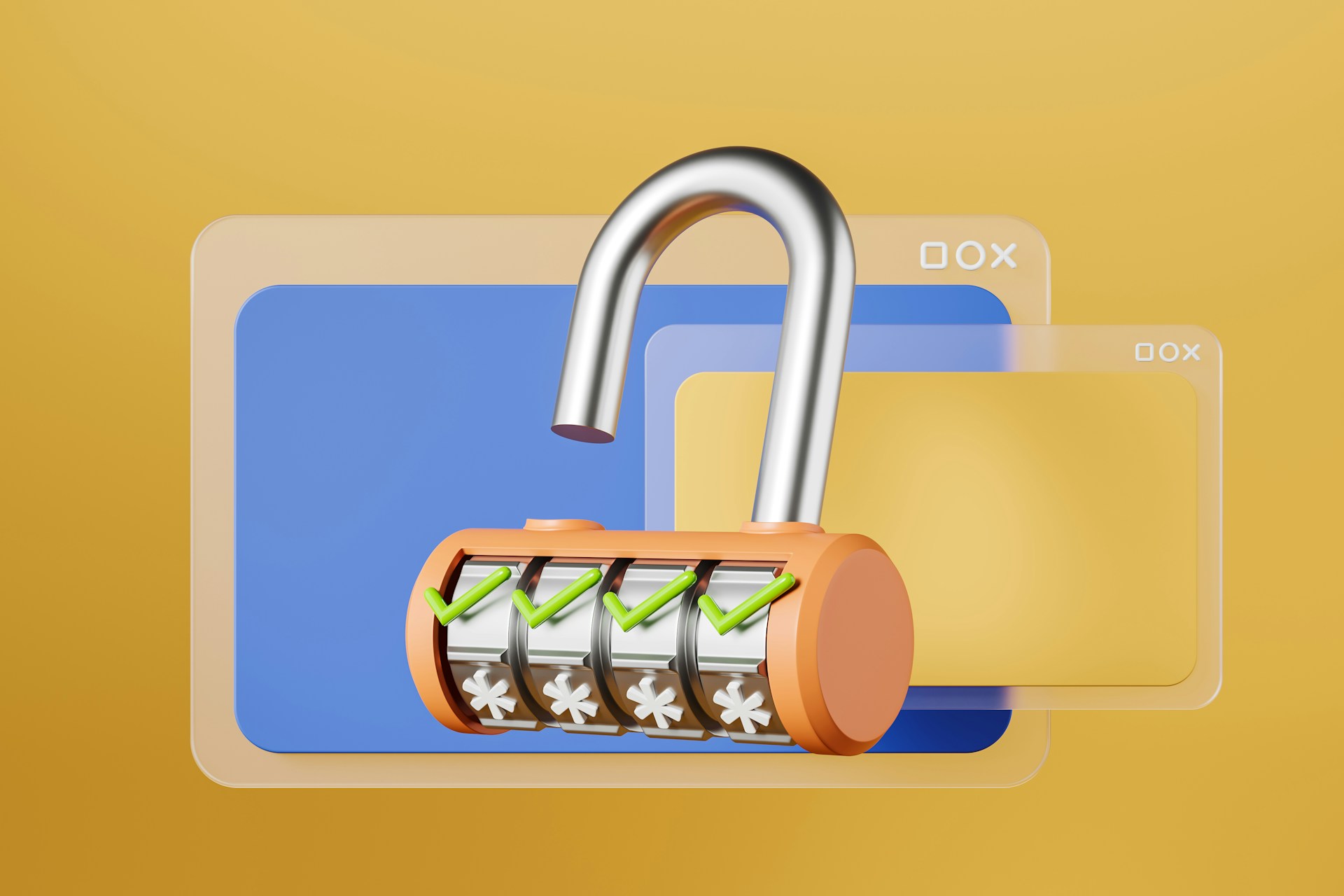Maintaining confidentiality in progress notes is not just a legal obligation but a cornerstone of trust between professionals and their clients. Whether you’re a healthcare provider, therapist, or social worker, ensuring the privacy of your notes can protect your clients’ sensitive information and bolster the integrity of your practice. But how exactly can you uphold this critical standard?
Contents
- 1 Understanding the Importance of Confidentiality
- 2 Keep Physical Notes Secure
- 3 Digital Notes Require Digital Solutions
- 4 Regularly Update Your Software
- 5 Role-Based Access Control (RBAC)
- 6 Train Your Staff
- 7 Monitor and Audit Access
- 8 Secure Communication Channels
- 9 Anonymise Data When Possible
- 10 Regularly Review Your Policies
- 11 Final Thoughts
Understanding the Importance of Confidentiality
Before we get into the nitty-gritty, it’s important to understand why confidentiality in progress notes is crucial. Not only does it safeguard personal information, but it also ensures compliance with privacy laws and ethical standards. In Australia, for instance, the Privacy Act 1988 and the Australian Privacy Principles (APPs) lay out stringent guidelines for handling personal information.
Keep Physical Notes Secure
If you’re old school and prefer handwritten notes, that’s cool! Just make sure you’re storing them securely. Here are some tips:
- Locked Cabinets – Always keep physical notes in a locked cabinet. Only authorised personnel should have access to the keys.
- Restricted Access Areas – Store these cabinets in areas that are not easily accessible to the public or unauthorised staff.
- Shredding Documents – When disposing of notes, use a shredder to destroy them completely. Simply tossing them in the bin is not secure enough.
Digital Notes Require Digital Solutions
In today’s tech-driven world, many professionals opt for digital progress notes. While this can streamline your workflow, it also introduces new risks. Here’s how to mitigate them:
Use Encrypted Systems
Encryption is your best friend when it comes to digital confidentiality. Ensure that your software or electronic health record (EHR) system uses robust encryption protocols. This means that even if someone were to intercept your data, it would be unreadable without the proper decryption key.
Strong Passwords
We’ve all heard it before, but strong passwords are essential. Use a mix of letters, numbers, and special characters, and avoid easily guessable passwords like “password123” or “admin.” Here’s a quick checklist:
- Minimum 12 Characters – Longer passwords are harder to crack.
- Mix It Up – Include upper and lower case letters, numbers, and special characters.
- Avoid Personal Info – Don’t use birthdays, names, or common words.
Regularly Update Your Software
Outdated software can be a major security risk. Regular updates often include patches for security vulnerabilities. Make it a habit to:
Enable Automatic Updates – This ensures you’re always running the latest, most secure version.
Check for Updates Manually – Occasionally, check for updates yourself to make sure nothing is missed.
Role-Based Access Control (RBAC)
Not everyone in your organisation needs access to all information. Implementing RBAC ensures that employees only have access to the information necessary for their role. For instance:
Administrative Staff – May need access to scheduling and billing information but not detailed progress notes.
Direct Care Providers – Should have access to relevant client progress notes but not necessarily administrative data.
Train Your Staff
A well-informed team is your first line of defence. Regular training sessions can keep everyone up to date on the latest best practices and potential threats. Topics to cover include:
- Recognising Phishing Scams – Teach your staff how to identify and avoid phishing emails and other scams.
- Proper Disposal of Information – Ensure everyone knows how to securely dispose of both digital and physical information.
- Data Handling Protocols – Review and practice protocols for handling confidential information.
Monitor and Audit Access
Keeping tabs on who accesses what information is crucial. Regular audits can help identify any unauthorised access or potential breaches. Here’s what you can do:
- Access Logs – Maintain logs of who accessed what information and when.
- Regular Audits – Periodically review these logs to ensure compliance and identify any suspicious activity.
- Real-Time Alerts – Implement systems that notify you of any unusual access patterns immediately.
Secure Communication Channels
When discussing progress notes or any sensitive information, use secure communication channels. Here are some options:
- Encrypted Emails – Use email services that offer end-to-end encryption.
- Secure Messaging Apps – Opt for messaging applications known for their security, like Signal or WhatsApp.
- Direct Communication – When in doubt, face-to-face communication is always a secure option.
Anonymise Data When Possible
Sometimes, you might need to use client data for training or research purposes. In such cases, anonymise the data to protect the client’s identity. This means removing any identifiable information such as names, addresses, and contact details.
Regularly Review Your Policies
Confidentiality isn’t a set-and-forget task. Regularly reviewing and updating your confidentiality policies ensures they remain effective and compliant with current laws and best practices. Here’s how to keep your policies fresh:
- Annual Reviews – At a minimum, review your policies once a year.
- After Significant Changes – Whenever there’s a significant change in your practice or relevant laws, update your policies accordingly.
- Staff Feedback – Encourage your team to provide feedback on current policies and suggest improvements.
Final Thoughts
Maintaining confidentiality in progress notes is a continuous commitment. By implementing these best practices, you can protect your clients’ sensitive information and maintain the trust that is crucial to your professional relationship. Remember, it’s not just about following the law; it’s about providing the best care and service possible.





